Sebastian Cox reveals why composting is important – and how you can do it at home
Every month Sebastian Cox shares his insights on how to make a more sustainable home – this month is composting
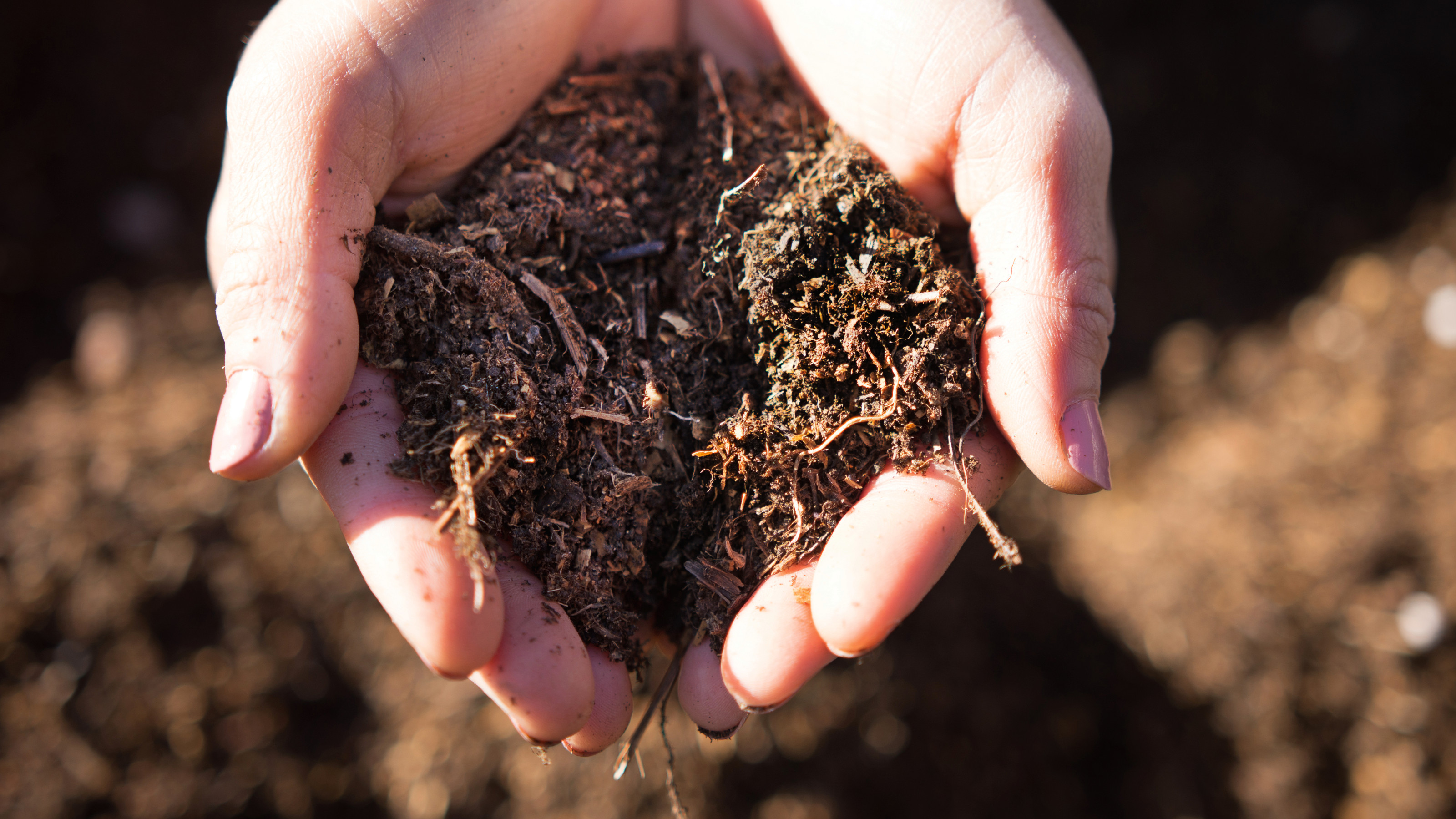
British furniture designer, eco expert and Homes & Gardens columnist, Sebastian Cox charts the renovation of his home, one inspiring and innovatively eco-friendly idea at a time. Each month, he digs deep into the ways in which we can all make a difference within our homes.
Next up, Sebastian discusses how to make compost, food waste and everything you need to know about home composting. It may not sound like the most glamorous topic but it's certainly one that will make a difference. How we treat our soil ultimately determines the quality of food we consume, so compost – and soil in general – is an important consideration for our future health.
'May and June is such an exciting time of year, with the veg patch and garden accelerating in growth. Many people have discovered such pleasure in growing at home in the last few years. I hope they find joy too in feeding it all with a dose of home made compost, for extra earthly satisfaction.' says Sebastian.
Here are some things to consider if you're looking to make a composter for your garden or outdoor space.
Rubbish is our responsibility
'In Margate it’s seagulls rather than foxes that empty bins and scatter the contents over the pavements. This is particularly distressing living next to the sea as it only takes a matter of hours before plastic can be breezed into the wash.' says Cox.
'People blame the gulls, but I jump to their defence – they are scavengers, doing what they’ve evolved to do to survive. My response is to question why there’s anything in a bin for seagulls to eat anyway? We have to take responsibility for our rubbish, and more importantly than any other category of our ‘waste’ is our food waste.'
'An astonishing one third of food produced globally is wasted, more than enough to feed the undernourished people of the world. The production of food is environmentally costly so cutting waste, as always, is priority number one.' You can even use a wormery for compost.
Composting – what's the process?
'When food rots, it produces greenhouse gases. The conditions in which this rotting occurs affect its global warming potential. Broadly, different types of decomposition produce either carbon dioxide, or methane (a more potent greenhouse gas) in different ratios.'
'The more oxygen present during the rotting of organic matter, the less methane released. So if food waste ends up in a landfill site, it’s compressed with other rubbish, making a lower oxygen environment for decomposition and more methane heating our planet.'
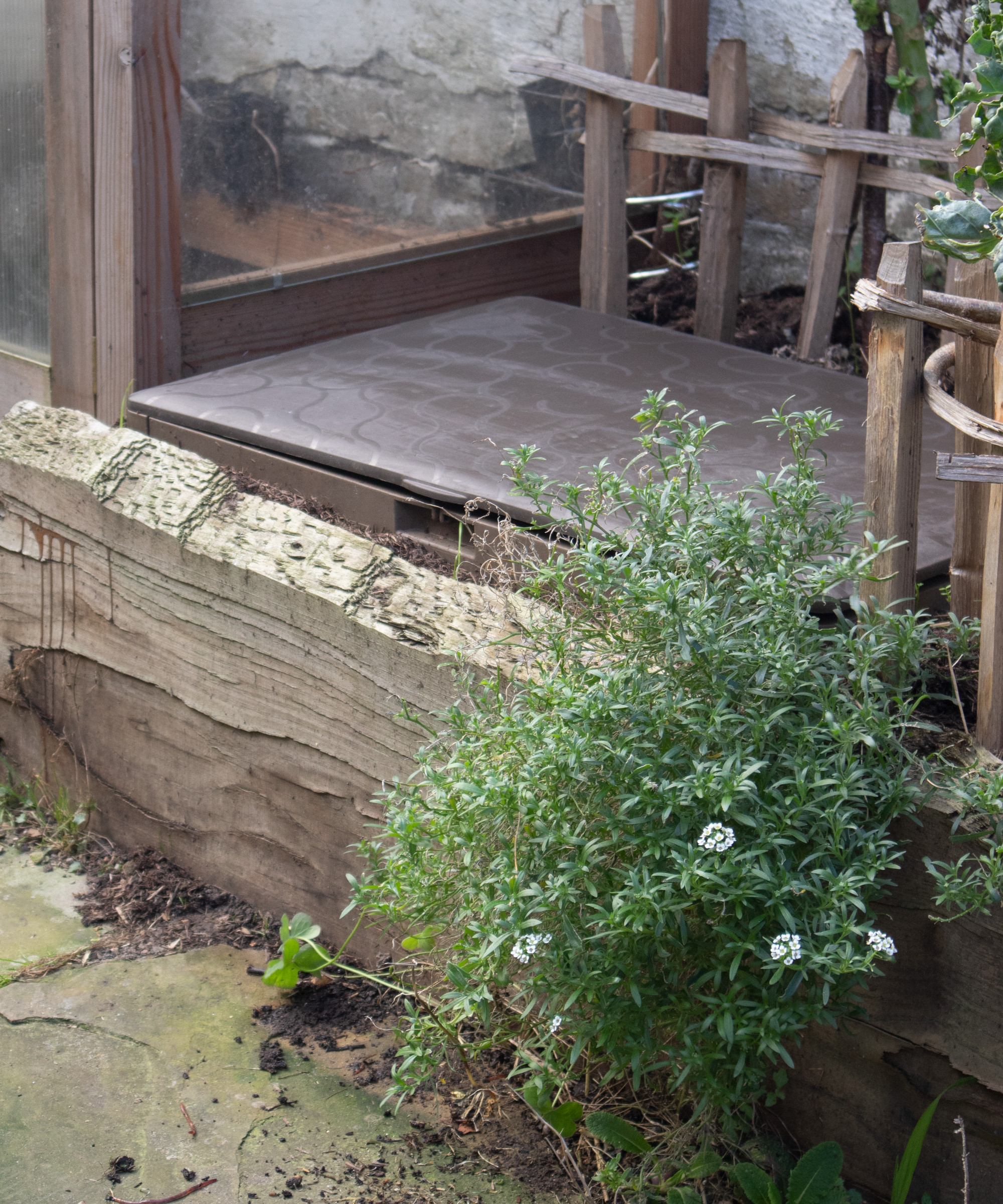
Start composting at home
'If your local authority offers food waste collection, as ours does, use it. It will be decomposed properly and the nutrients recycled. Better still, learn to compost at home and grow some plants with the compost. If you’re lucky to have a large garden with room for a compost heap, making one is a no brainer – pallets can be used to make some sides, and mixing leaf litter with food waste will slowly make a compost usable on a garden.'
What do we need to start composting?
'The two products I use, after much research, are a ‘Hotbin’ and a ‘Subpod’. A Hotbin uses microbial activity to break food down, creating a hot environment which can sterilise pathogens, so that’s where the dog poo goes, and meat or bones can too. It’s a black polystyrene bin with a thermometer in the top. If you keep it topped up it will produce usable compost in 3 months, which you can extract from the bottom.'
A Subpod primarily uses worms to decompose the food. It’s a plastic box buried in the ground with perforated holes giving the worms access to the soil around. These marvellous creatures not only break down the organic matter, but then generously distribute it around your garden in their castings, before returning to the subpod to munch more food.
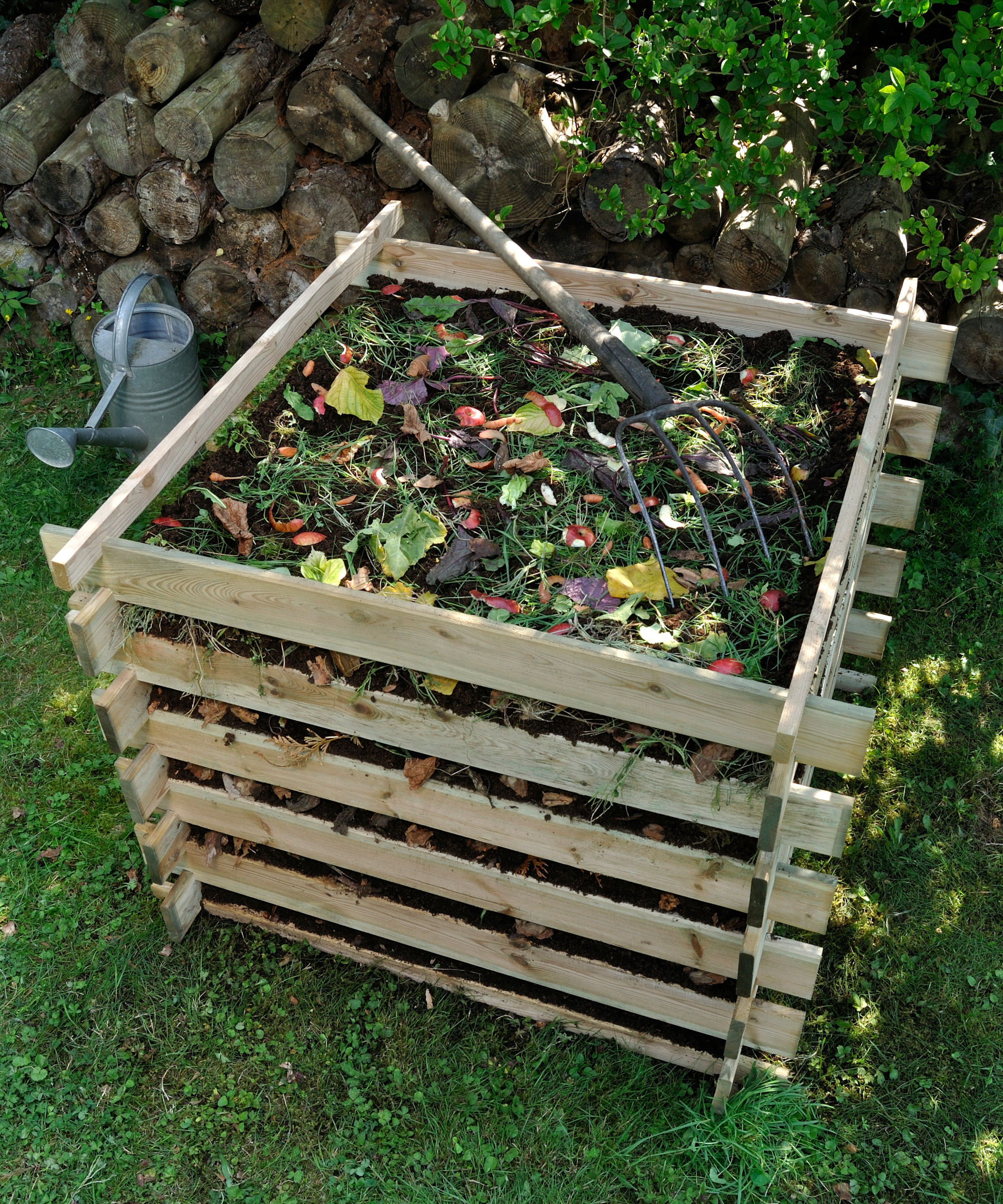
What needs to happen next?
Both have to be fed in conjunction with ‘dry carbon’, so get a cheap cardboard shredder and make good use of that amazon packaging to ensure your compost isn’t a wet rotting soup. Our food-frugal family of four produces enough food trimmings to keep both micro ecosystems alive and thriving, as well as feed two bantam chickens higher value waste like bread crusts and uneaten Weetabix from our two young kids. In food terms, we have eliminated waste in our small urban garden, circulating our trimmings into valuable nutrients for growing.
Sign up to the Homes & Gardens newsletter
Design expertise in your inbox – from inspiring decorating ideas and beautiful celebrity homes to practical gardening advice and shopping round-ups.
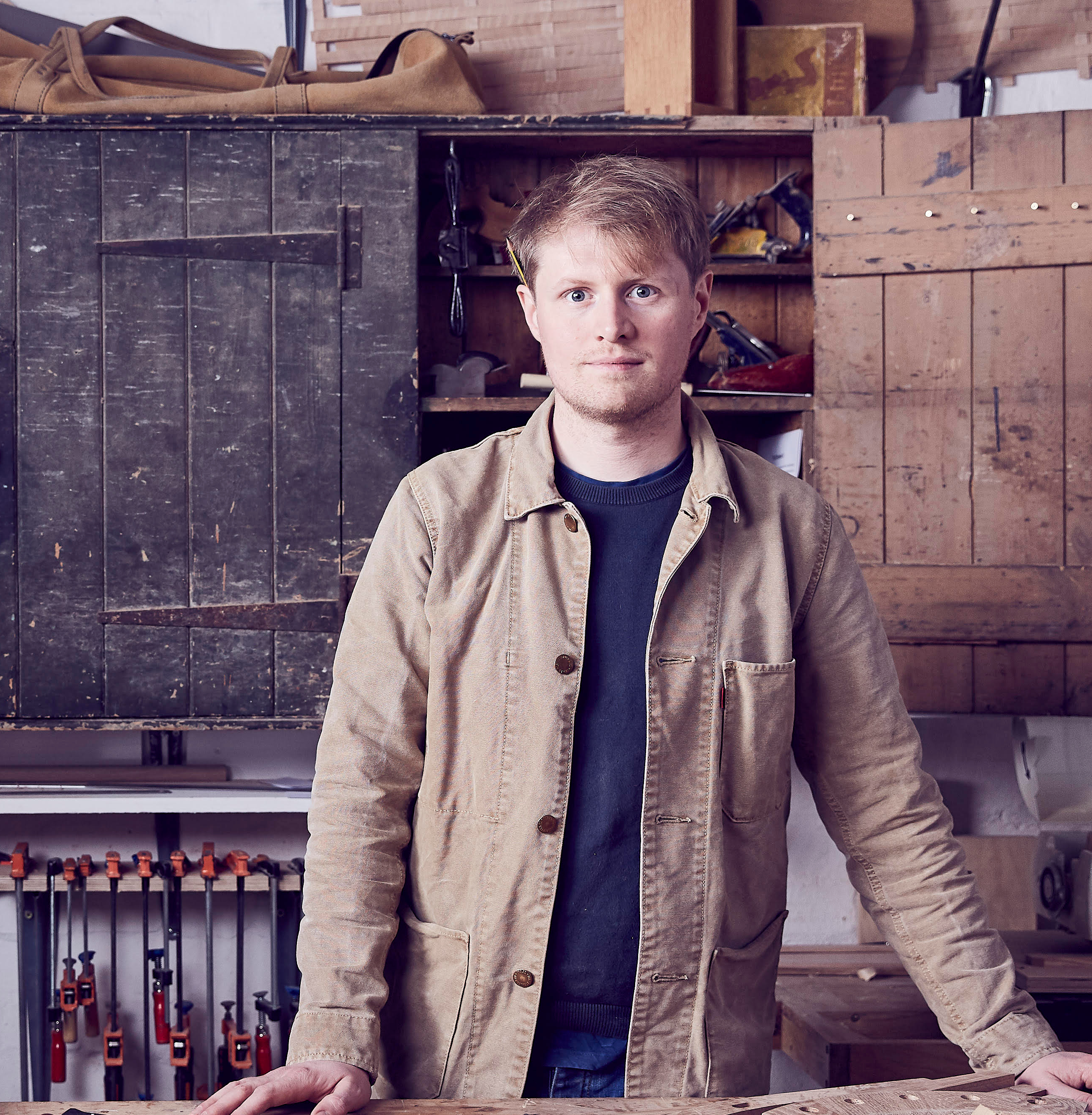
Deeply curious about the link between the things we make and buy, and their impact on our environment, Sebastian runs a business with his wife Brogan which makes furniture from British wood; they also manage woodland and mill trees to give them material to work with, deepening their understanding of the connection between resources and habitats. They’ve won awards for their work, which spans individual pieces for private clients, contract projects with public bodies and brands, and ongoing relationships with architects and interior designers. This gives them a broad understanding of how to bring beautiful design into useful, meaningful spaces, while having a positive impact on the natural world. Sebastian writes for Homes & Gardens about sustainability.
- Jo BaileyEditor, Print
-
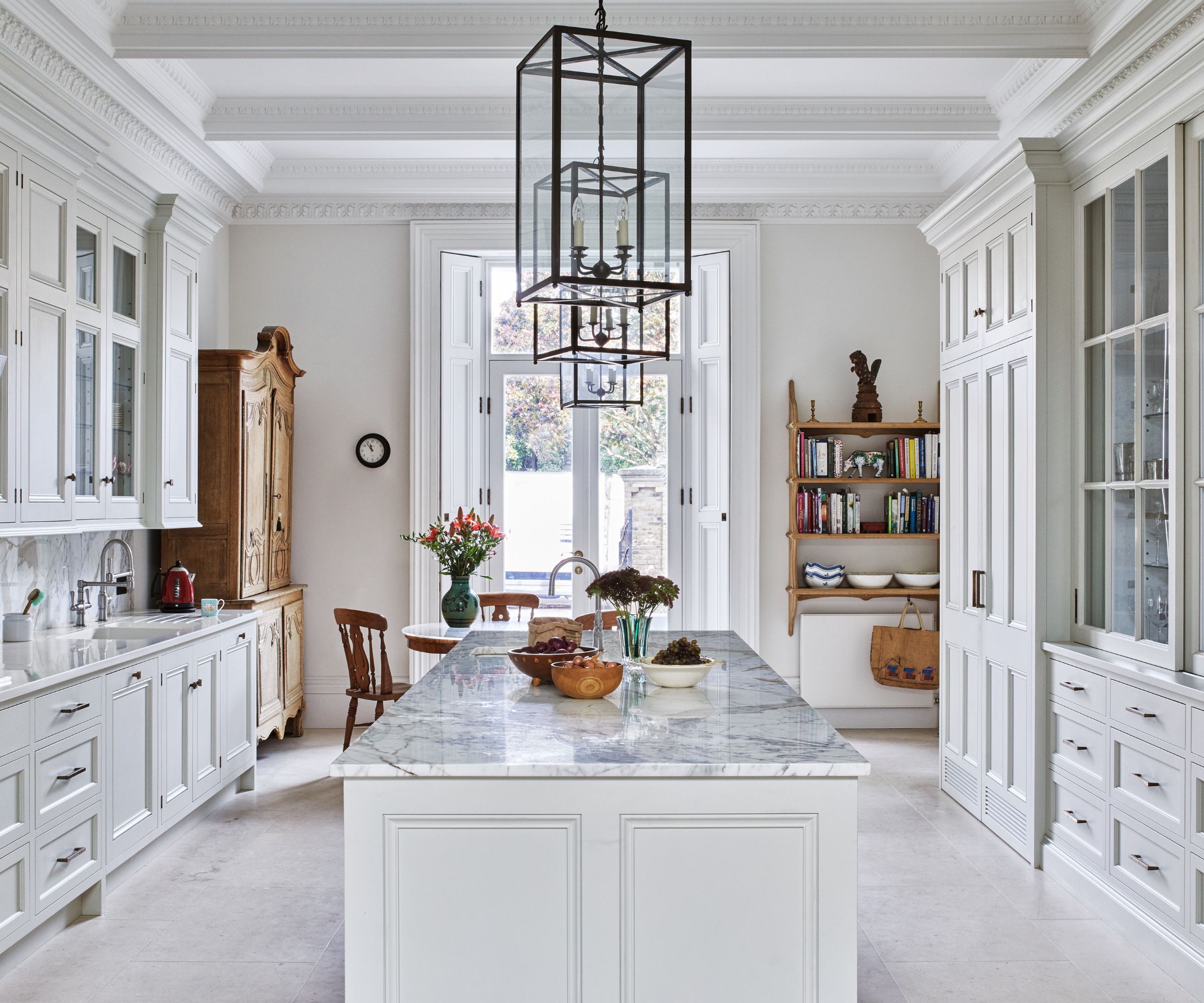 Are you making the most out of the estate sales in your area? These are the 5 most valuable items you should be shopping for
Are you making the most out of the estate sales in your area? These are the 5 most valuable items you should be shopping forVintage lovers and antique experts share the objects you should always look out for when you're exploring an estate sale
By Eleanor Richardson
-
 How to grow sassafras – for a low-maintenance native tree that can even be planted in shady yards
How to grow sassafras – for a low-maintenance native tree that can even be planted in shady yardsFor an easy-to-grow North American tree, you will not find much better than sassafras
By Thomas Rutter